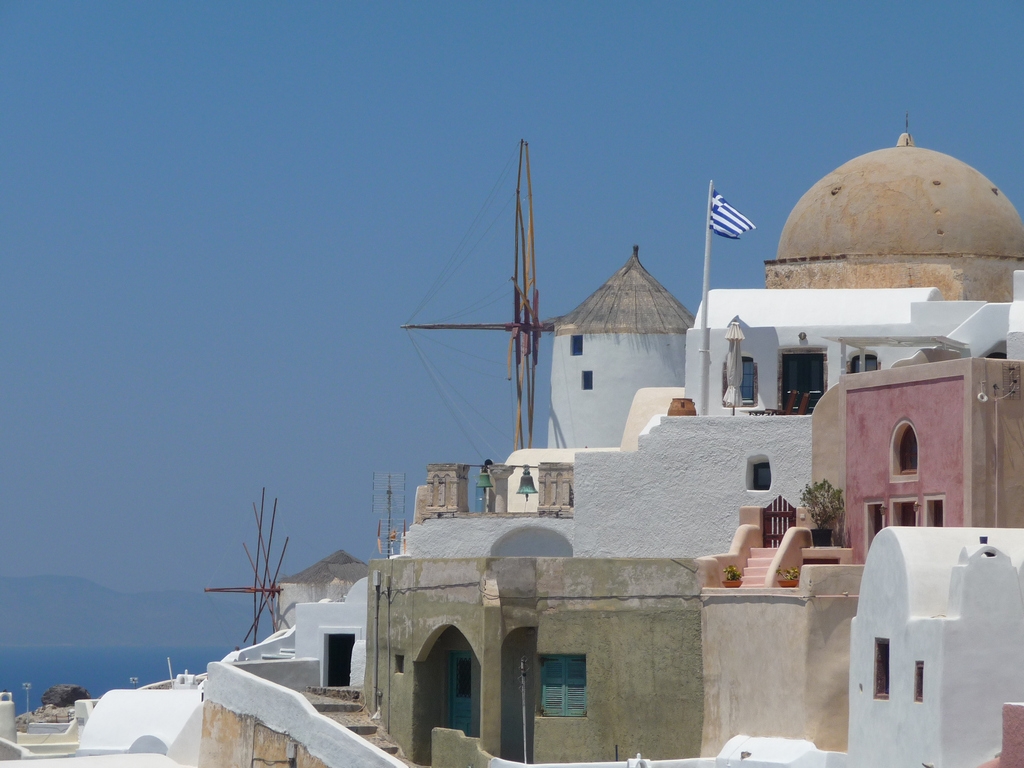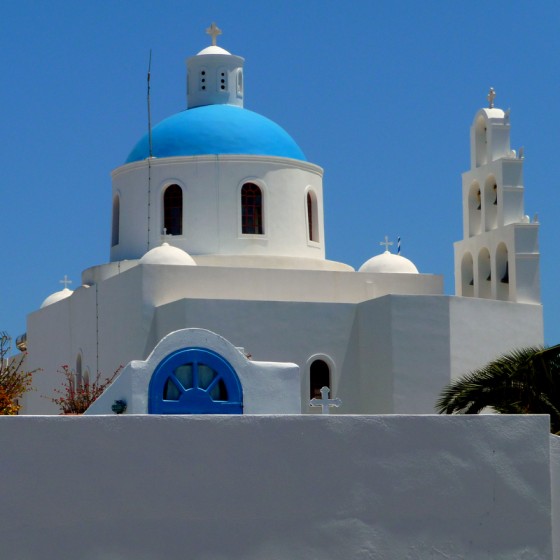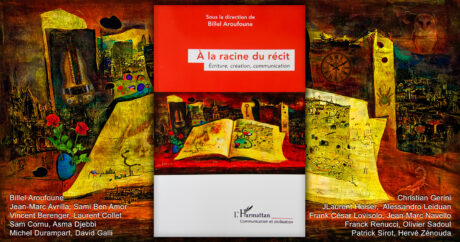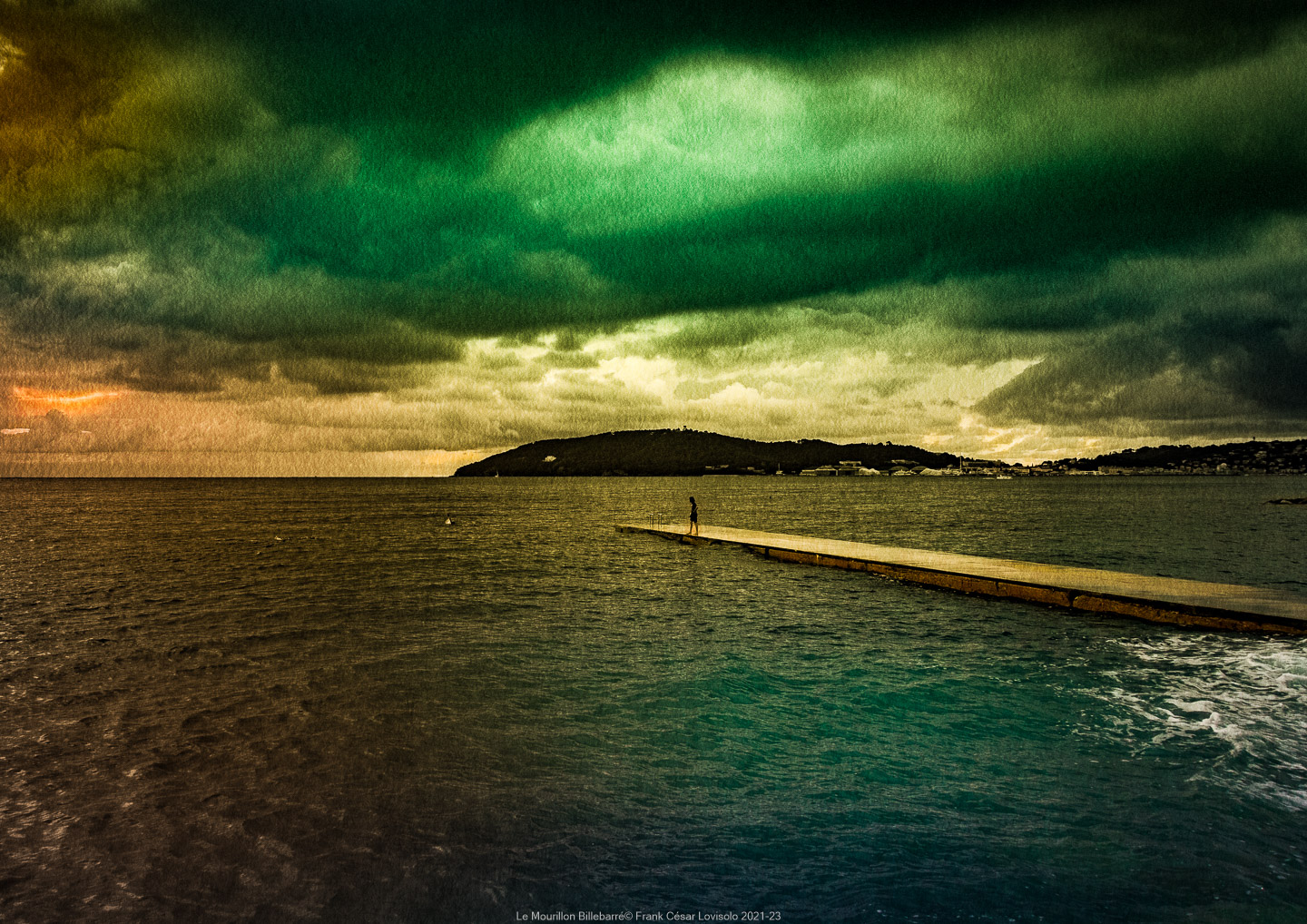|
Eruption_Minoenne
La date précise de l’éruption reste débattue, la datation traditionnelle vers -1550, établie par l’étude comparée des styles de céramique, ayant été remise en cause par l’utilisation d’autres méthodes (carbone 14,dendrochronologie) qui indiquent des dates plus anciennes. Les plus récentes datations convergent vers une période située entre -1628 et -16001,2. L’éruption ayant laissé des traces dans une partie du bassin méditerranéen, la confirmation de ces datations pourrait amener à modifier les chronologies relatives des civilisations de la région. On retrouve ainsi des traces des éjectas de l’éruption et les dépôts marins des tsunamis dans les sites archéologiques de tout l’est des rivages de la Méditerranée, ce qui fournit une couche stratigraphique de référence.
Alors qu’une précédente éruption s’est produite il y a 18 000 ans avant celle d’il y a 3 600 ans, cette dernière éruption caldérique a rejeté 40 à 60 km3 de magma, le volcan s’étant réveillé en moins de cent ans, chronologie déterminée par le taux de diffusion et de rééquilibrage de différents éléments dans les plagioclases de ponces.
[source Wikipédia]
Modelling the Climatic Effects of the LBA Eruption of Thera (Santorin ):
New Calculations of Tephra Volumes May Suggest a Significantly Larger Eruption than Previously Reported F W McCoy (Department of Natural Sciences, University of Hawaii- Windward, Kaneohe)
New calculations of the volume of tephra discharged during the Late Bronze Age (LBA) eruption of Thera (Santorini) suggest a far larger eruption than previously thought: up to 100 km3 of tephra may have been discharged (VEI [Volcanic Explositivity Index] = 7.0).
This is more than double previous estimates (about 40 km2; VEI=6.9) and has important implications to the magnitude and regional effects of the eruption, particularly for modeling possible climate change. Such a magnitude makes the LBA eruption one of the largest in historic time and equivalent to the 1815 eruption of Tambora.
These new calculations of tephra volume are derived from newly identified exposures of pumice and ash on the islands of Anaphi and Crete (some at archaeological sites), from seismic data in the vicinity of Thera (reappraisal of older unpublished data; other published data), as well as from ash recovered in deep-sea cores taken during the past decade.
Ash deposition was widespread: from the coastline of the Peloponissos to the west, over all of Crete to the south, over western Anatolia to the east, and as far as the Black Sea to the north-northwest. Regional dispersal of this distal deposit was towards the east and south via lowlevel atmospheric winds, and towards the east and north-east by highlevel stratospheric winds (likely the jet stream).
Proximal tephra deposits on and near Thera were deposited from the eruption column, accumulations on the central pre-eruption edifice that collapsed to form the modern caldera, and the entry of pyroclastic flows into the ocean.
Calculations of tephra volumes are approximate and made complicated by the lack of better criteria for estimating proportions of redeposited material.
[source : http://www.agu.org/meetings/cc02babstracts/McCoy.pdf]
Autres liens :
|














